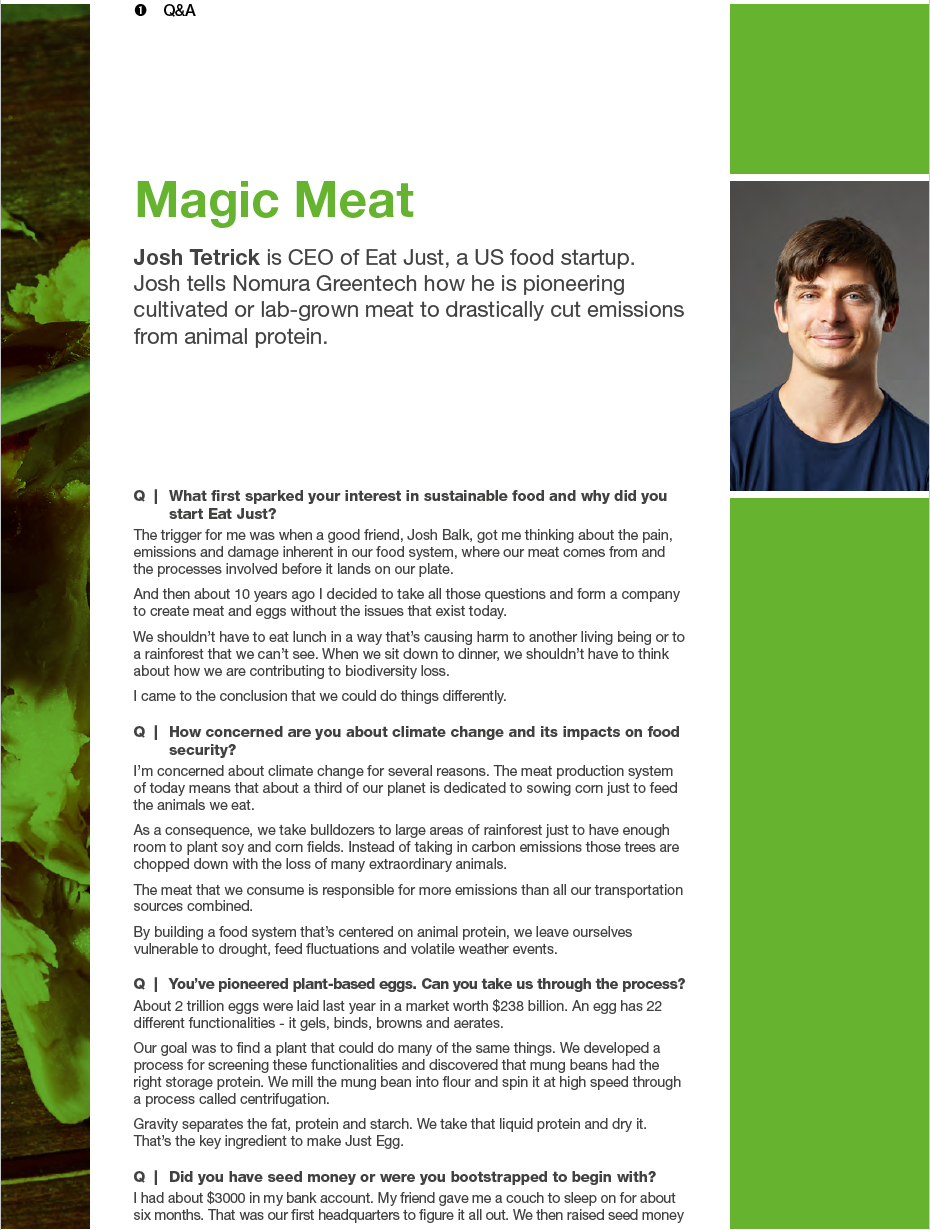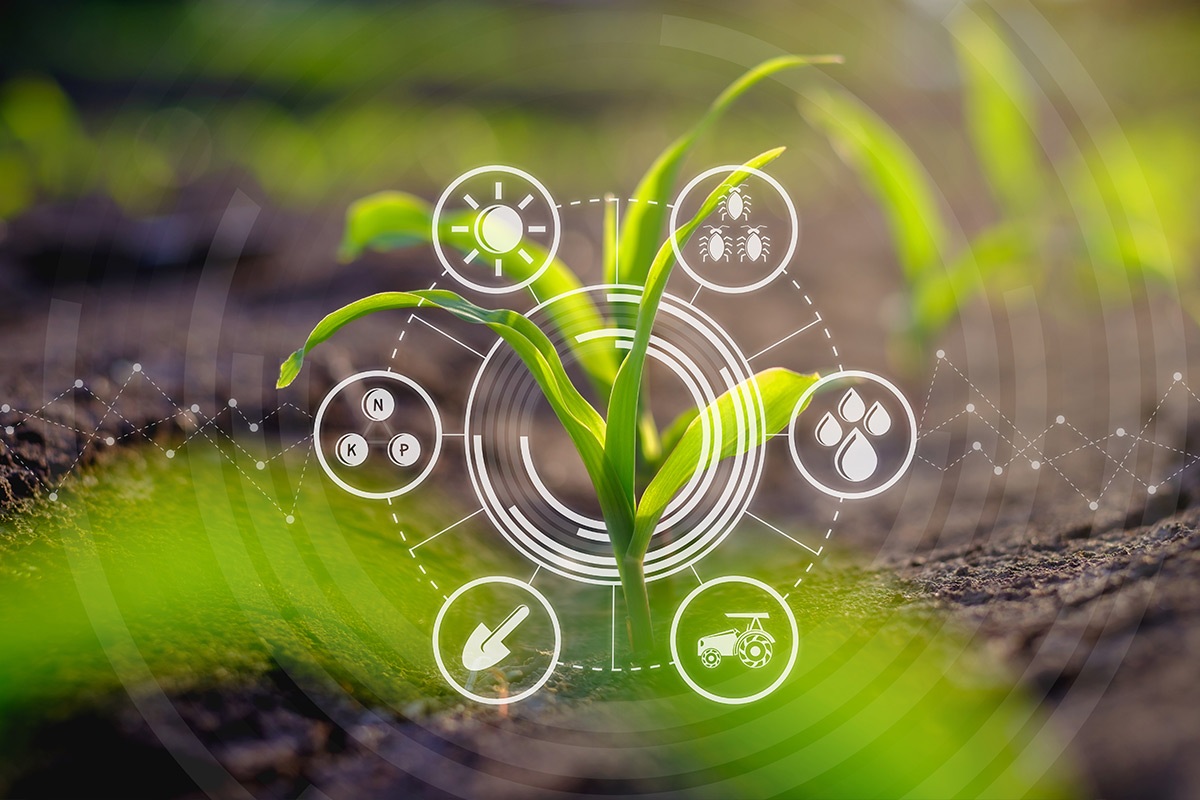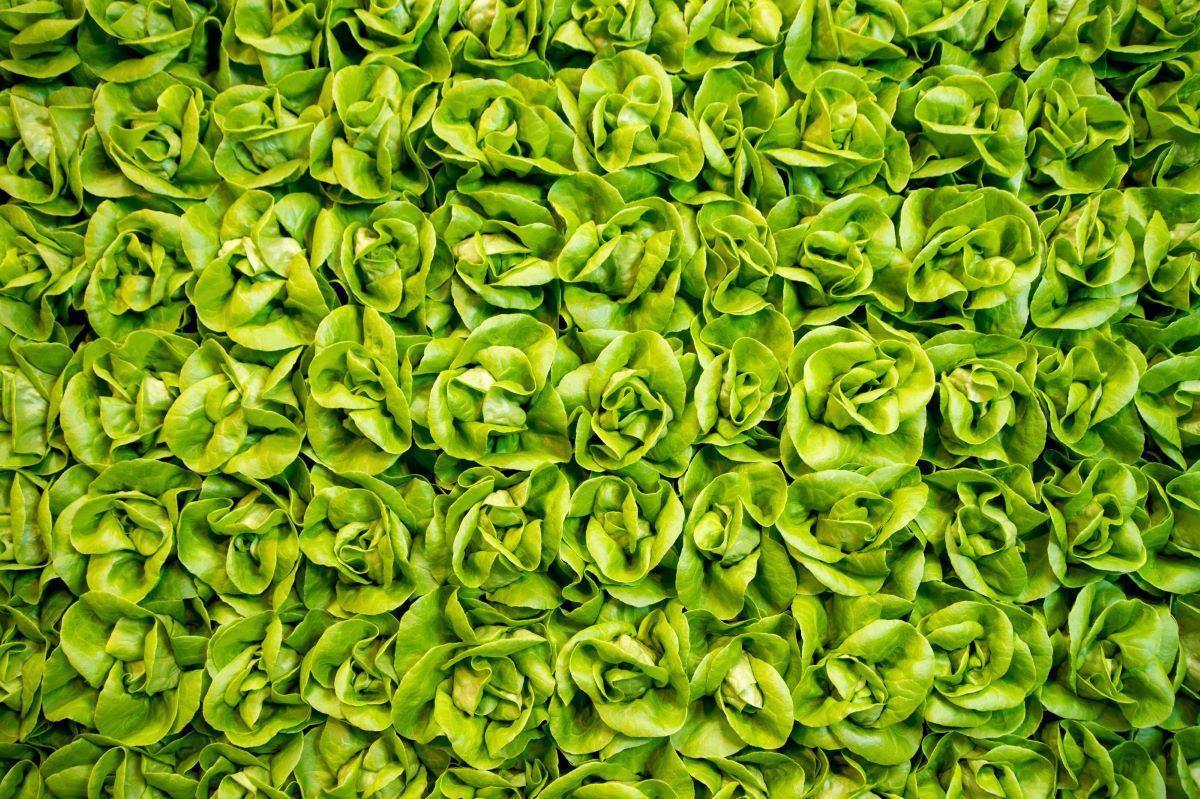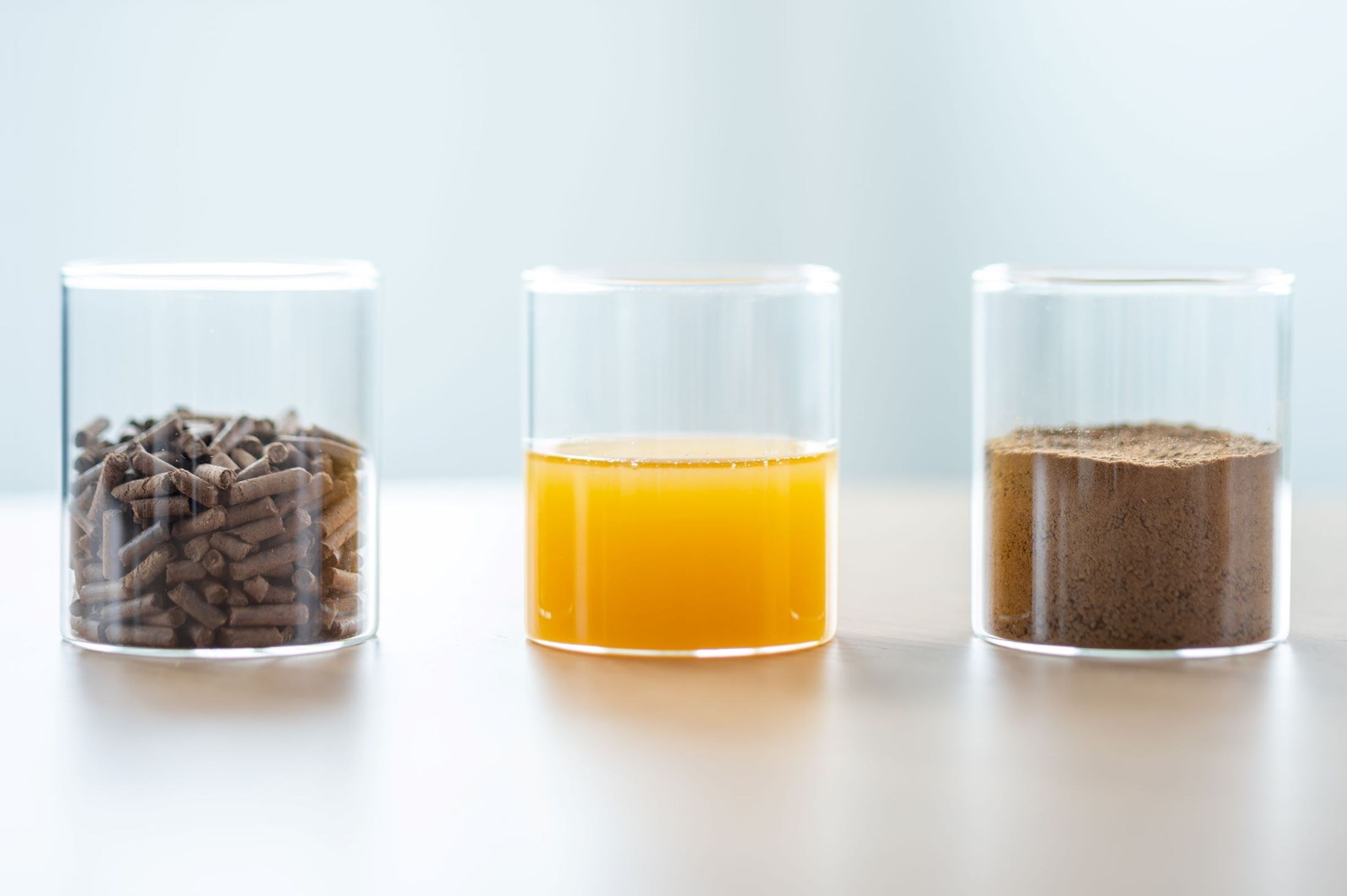-
The meat production system of today means that about a third of our planet is dedicated to sowing corn just to feed the animals we eat
-
Droughts plus supply chain disruptions from war and pandemic, has concentrated the minds of policymakers to think seriously about building a resilient food system
-
In 30 years’ time, we'll be approaching a world where the vast majority of meat is from cultivated sources
What first sparked your interest in sustainable food and why did you start Eat Just?
The trigger for me was when a good friend, Josh Balk, got me thinking about the pain, emissions and damage inherent in our food system, where our meat comes from and the processes involved before it lands on our plate.
And then about 10 years ago I decided to take all those questions and form a company to create meat and eggs without the issues that exist today.
We shouldn’t have to eat lunch in a way that’s causing harm to another living being or to a rainforest that we can't see. When we sit down to dinner, we shouldn’t have to think about how we are contributing to biodiversity loss.
How concerned are you about climate change and its impacts on food security?
I'm concerned about climate change for several reasons. The meat production system of today means that about a third of our planet is dedicated to sowing corn just to feed the animals we eat.
As a consequence, we take bulldozers to large areas of rainforest just to have enough room to plant soy and corn fields. Instead of taking in carbon emissions those trees are chopped down with the loss of many extraordinary animals.
The meat that we consume is responsible for more emissions than all our transportation sources combined.
By building a food system that's centred on animal protein, we leave ourselves vulnerable to drought, feed fluctuations and volatile weather events.
Why are you backing cultivated meat as a solution to reduce livestock emissions instead of plant-based meat?
We strongly considered plant-based meat given our expertise in protein functionality. The reason we didn’t comes down to what underlies people’s protein choices. Taste, texture and price are motivators but there’s another factor that’s harder to pinpoint. It’s cultural identity - how I feel when I eat this food? One of the biggest barriers for many people is that it’s not real meat.
The problem is that more people are eating conventional meat than this time last year, which doesn’t bode well for the planet. So we are making a big bet on creating real meat in a way that’s much less harmful to the environment.
There are over 50 billion chickens on the planet today yet they don’t resemble their ancestors from 200 years ago. They’re genetically bred to optimize the production of breast meat, they’re not a vehicle for nesting in a tree. We have hijacked the evolution of the chicken to feed ourselves in a way that looks pretty unnatural.
Before the advent of industrial animal agriculture it made sense to slaughter an animal for food. But the same argument is hard to justify on a large scale that requires tens of billions of animals to feed a population that’s set to reach 10 billion in 2050.
Lab-grown meat used to be in the realms of science fiction just a few years ago. How do you produce it and where are you taking it?
Cultivating meat is an intersection of three different industries. The first is biopharmaceutical manufacturing. For decades, big pharma companies have been using bioreactors like ours, to grow cells to produce antibodies for vaccines.
The second industrial process is health fermentation that instigates a microbiological reaction similar to beer-making. And the third industry is food production. We take principles from all three to grow our meat.
The IPCC has described it as a ‘transformative mitigation technology’.
We’re still the only company in the world to have sold cultivated meat. We are focusing on eggs and the major types of animal protein: chicken, pork, beef, lamb and eventually fish. Before the end of 2023 we hope to launch beef.
We're investing tens of millions of dollars on infrastructure and working with regulators in the US to get approval here.
How did Singapore get approval first? Is it because they import most of their food?
Singapore is ahead of other countries when it comes to food sustainability and food security. The government has an initiative called ‘30 by 30’ which aims to produce 30% of food domestically by 2030.
Singapore consumes roughly 300 million pounds of chicken annually and well over 90% is imported, much of it from Malaysia. Malaysia recently instituted a ban on the export of certain types of chicken (it’s since been lifted). Those kinds of food shocks, and protectionism make it more imperative to build a resilient food system that's not reliant on the whims of weather events or other countries.
Has the Russia-Ukraine war accelerated concerns around food security given the issues around trapped grain?
The war in Ukraine added another layer of destabilization, creating price shocks from rising grain prices.
From a country level perspective, whether it’s Singapore or the US, food security is the single biggest driver of food system change. It trumps climate, disease, consumer preference and animal welfare.
It's that basic desire not to depend on someone else to feed ourselves especially when it concerns the core ingredients on our plate.
That’s now being reflected in China's five year agricultural plan, which incorporated cultivated meat. The Biden administration also announced the inclusion of cultivated meat as part of a new initiative that includes a range of new investments and resources intended for the U.S. to tap the full potential of biotechnology and biomanufacturing innovation.
Did Covid accelerate food security concerns?
It caused supply chain disruptions, the closing of borders and general concern. It destabilized the system and impacted the flow and price of food.
For many countries around the world it helped to reveal what was lingering beneath the surface and triggered what is now being discussed with the highest level of urgency.
When you combine a world with more droughts, supply chain disruptions from war and pandemic, it concentrates the minds of policymakers to think more seriously about building a resilient food system.
What are its limitations because it sounds like a real panacea?
The first limitation is demand. Young people tend to embrace the idea and not mind if meat is coming out of a stainless steel vessel while older folks are generally more hesitant.
Another limitation arises from the capital intensive nature of the processes. There are some similarities to the cost of decarbonizing the planet and shifting to renewables.
We've already invested tens of millions of dollars. The industry will need to invest tens of billions of dollars to design, build and install bioreactor vessels across the world.
The third barrier is regulation especially in countries that are influenced more by politics than science. If regulators focus too much on what farmers think, they are not concentrating on whether cultivated meat is safe for human consumption.
Gazing into your crystal ball, how do you see the food system in 2050 when the world's population will be around 10 billion?
In 30 years’ time I believe we'll be approaching a world where the vast majority of meat is from cultivated sources. We'll look back on the era when 99.99% of meat came from slaughtering animals as old technology in the same way as we look back now at how people used to listen to music on tapes.
Incumbent meat companies will have transitioned to cultivated methods. Just as GM, Ford and other car companies are transitioning to electric, they won't do it because they care deeply about the climate but because they want to win in the market.
Disclaimer
This content has been prepared by Nomura solely for information purposes, and is not an offer to buy or sell or provide (as the case may be) or a solicitation of an offer to buy or sell or enter into any agreement with respect to any security, product, service (including but not limited to investment advisory services) or investment. The opinions expressed in the content do not constitute investment advice and independent advice should be sought where appropriate.The content contains general information only and does not take into account the individual objectives, financial situation or needs of a person. All information, opinions and estimates expressed in the content are current as of the date of publication, are subject to change without notice, and may become outdated over time. To the extent that any materials or investment services on or referred to in the content are construed to be regulated activities under the local laws of any jurisdiction and are made available to persons resident in such jurisdiction, they shall only be made available through appropriately licenced Nomura entities in that jurisdiction or otherwise through Nomura entities that are exempt from applicable licensing and regulatory requirements in that jurisdiction. For more information please go to https://www.nomuraholdings.com/policy/terms.html.





